MidiTraC: Roland JX-3P inspired polyphonic step-sequencer
MidiTrac is developing project from Alfred Labs that’s turning into a very interesting hardware polyphonic step-sequencer inspired by the Roland JX-3P and a bit of Vince Clarke.
MidiTraC
Alfred has been working on this idea for a couple of years now. It started in Max4Live, but then Alfred discovered the world of microcontrollers and decided that directing his programming skills into hardware would be a lot more fun. This is a personal project where Alfred is trying to find features and functions that work well with his interest in polyphonic synthesizers that he’s found lacking in other sequencers. MidiTraC has reached the point where it’s a viable product, and Alfred is looking to invite partners or another company to help bring it to market.
MidiTraC is an intriguingly button-based block of hardware. It’s covered in mechanical keyboard-style buttons and a small display. It can handle 16 polyphonic tracks of MIDI sequencing, supporting up to 128 notes per track and 255 bars in length. You have 5 slots into which you would drop patterns, so like a verse pattern in slot 1, chorus pattern in slot 2, and so on, to build your song. Then you can save it in one of 128 memory locations.
You can record directly from a MIDI controller, you can write patterns, sequence steps or generate random notes. You have mute switches, transposition, scaling, step editing and an arpeggiator all tied into a small desktop device.
Sequencing
The concept follows that of an audio looper where everything about your performance is recorded, looped and then available for overdubbing. So it picks up the MIDI notes but also any controller CC# information. It’s all done on the fly, even down to loading patterns, copying, merging, etc. In Step recording mode, everything confirms to the predetermined grid.
You can always use the sequencer generator if you don’t want to record directly in. You can set up some conditions for the randomisation of notes like defining a scale or range of values, root note and loop length. Sounds like a cool way to produce quick sequences.
There are a number of live performance features like track transposition, track muting and erasing. The buttons for muting and erasing are momentary, and you can hold up to 4 buttons at once. You can also drop new patterns into slots during playback to prepare the next track.
The button interface and minimalist approach might feel restrictive. Undoubtedly, it will require a fair amount of menu diving and level awareness. But it looks like a smart and live-focused approach to driving polyphonic synthesizers.
German artist Moogulator has produced a walkthrough video on the SequencerTalk YouTube channel, giving you a fair idea of the MidiTraC’s capabilities. It is in German though.
You are currently viewing a placeholder content from YouTube. To access the actual content, click the button below. Please note that doing so will share data with third-party providers.
Get your hands on one
Alfred has built 20 units which he will exchange with interested people for a donation of €250. Or €200 without a case. He’s hoping to interest a hardware manufacturer into creating a “Pro” version for wider distribution.
For more information, check out the online manual which also contains contact details. You can trace the development of the project over on the Sequencer.de forum.
You are currently viewing a placeholder content from YouTube. To access the actual content, click the button below. Please note that doing so will share data with third-party providers.
3 responses to “MidiTraC: Roland JX-3P inspired polyphonic step-sequencer”

 4,6 / 5,0 |
4,6 / 5,0 | 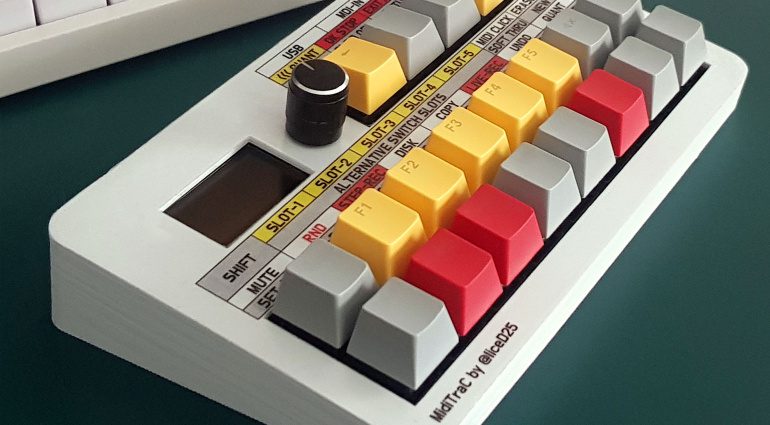

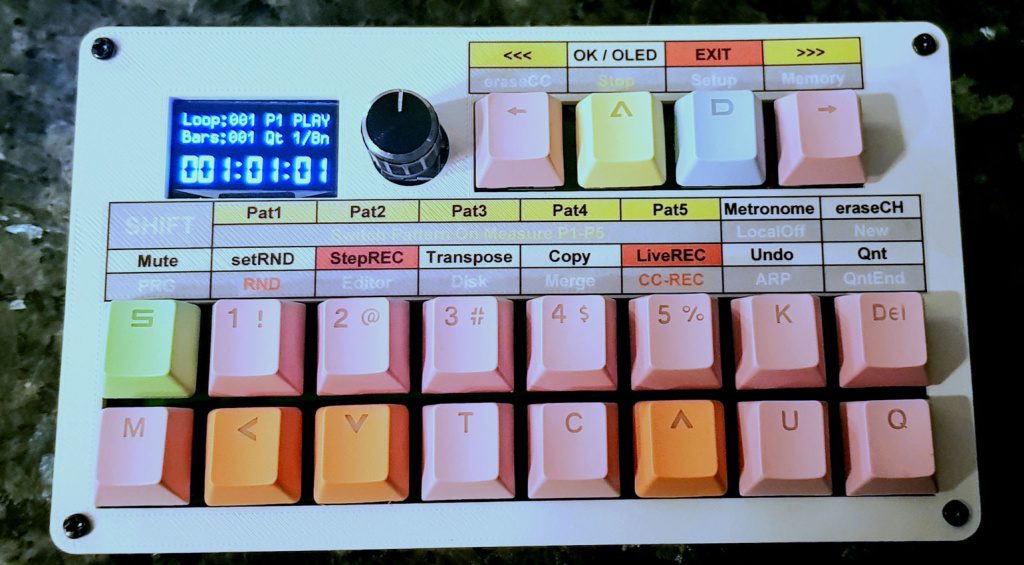


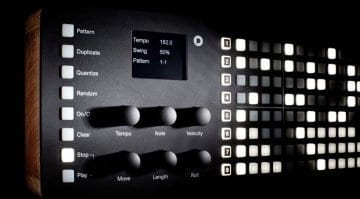
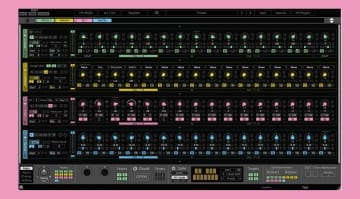
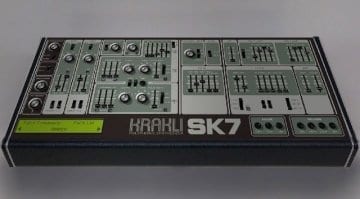
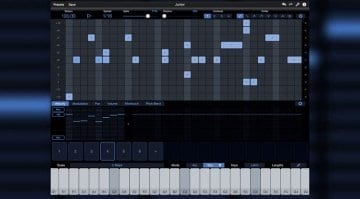
Love the sequencer. Please please keep the” clackty clack buttons” ! they’re very satisfying. The design is great ! I want one .
This is cool, but I really wish this were a linear sequencer instead of another step sequencer! A linear sequencer this size and with this aesthetic would be a smash hit! (hint hint, there aren’t any RECENT 16 track linear sequencers on the market!).
This! The design looks nice but technically it really isn’t anything new from what’s already on the market